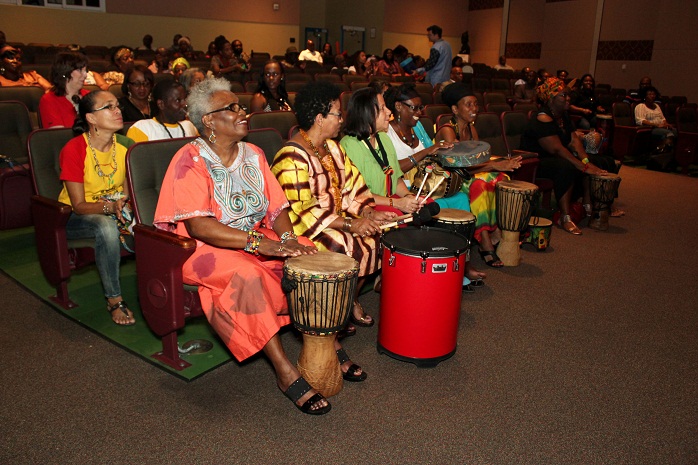In middle school I played on a cup soccer team. This meant that we traveled to games and tournaments and basically prepared ourselves for potential professional play. One of the teams I played for had a star player – the quintessential goal scorer whose job it was to just keep pumping the ball toward the goal. She was also a basketball player and could never show up for our practices. But the coach bent the rules for her since she could just arrive at a match and start racking up the goals. Our role as “the rest of the team” was to feed the ball to her continually so she could do her thing. I’m sure you can see where this is going. After awhile, our team got tired of the same old plays over and over again, and our goal scorer stopped coming to games altogether due to a basketball injury. What was our team to do?
Oh, right – become a team again. Our coach finally realized he better train some of the other players to score. And that meant creating a whole new team structure on the field.
Sports metaphors are effective because they continually provide a parallel to life situations. Whether we realize it or not, we all “play” for a variety of “teams” throughout our lives. Think about it for a moment – what teams are you on? Do you have a partner, a family, a group of friends, a Meetup group, or a project at work? No matter what group we belong to, there are some universal responsibilities that all team members must adhere to for the team to function efficiently and effectively.
Commitment
You could have all the dedication in the world, but if your fellow team members aren’t as committed to reaching the goal as you are, you’re not going to get there. Just think back to your high school group projects when the teacher paired you with the slacker, the jokester, or the popular girl who never completed her own homework. That poor project didn’t stand a chance. What’s the fix for lack of commitment? Proper motivation! Maybe a job well done won’t light a fire under them, but finding something to motivate unwilling members isn’t difficult. Find out each group member’s own goals and find a way to weave them into your project.
Um, hello…communication
This one is painfully obvious, but unfortunately many people still haven’t gotten the hang of it. Don’t wait till your weekly meeting to hash something out that’s been hanging over your head – chances are you’ll build up so much anxiety about it in your mind that when the time comes, you’ll back down so as not to rock the boat. Have an idea, or a doubt? Expressing these thoughts between formal meetings can actually make your meetings more productive, since everyone will come prepared with their own responses. BUT! Don’t fall into the trap of email miscommunication – there are certain emotions that can’t be accurately conveyed via email or text, and often people will misinterpret a comment as a personal affront or a dismissal. If you have doubts about your ability to clearly convey your concern in writing, maybe a quick conversation on a coffee break would be more effective.
Empathy
Again, this is a concept so basic that we’re taught it in preschool – it’s the golden rule (you know, do unto others…). And yet we all struggle with this one from time to time. Letting go of egocentric thought is the first step (instead of thinking about how a decision will affect you right away, take a look at the big picture and how it might affect the group and its members). I’m not saying you have to become a Zen master or anything; sometimes a deep breath before you open your mouth is all you need to get some perspective. Even a well-placed and sincere “I understand” statement can let your colleague know that you place his or her view in high regard.
A Re-building Season
Yep, just like in sports, big changes won’t happen overnight just because you start to become more aware of these responsibilities. Implementing them on a daily basis in your work and personal life will allow them to come more naturally, and may even encourage others to become more conscious of them as well. But it’ll take time, encouragement, and patience from all teammates – then you’ll come back next season even stronger for it.










